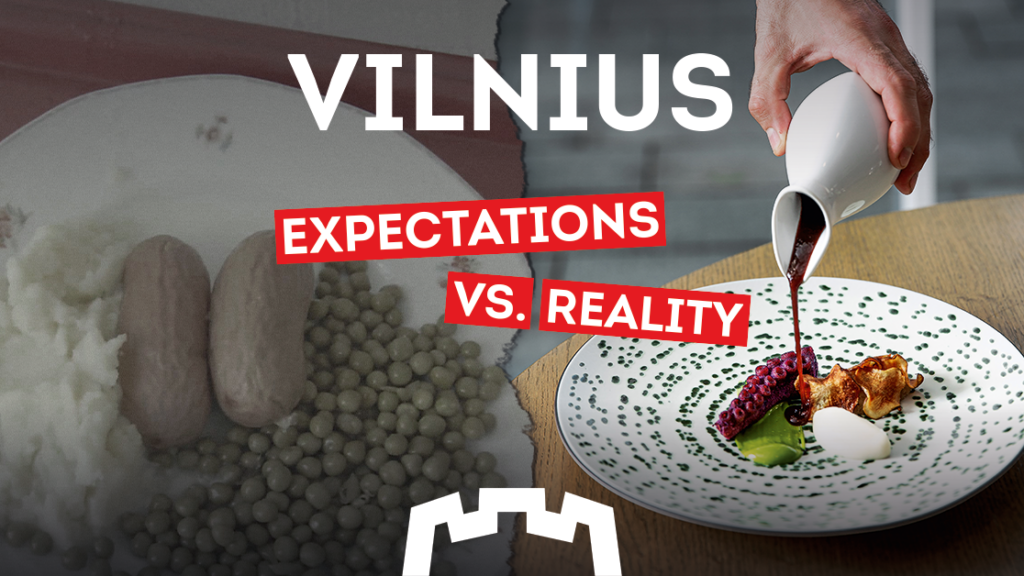The neighborhoods are dusty and desolate, the weather is foul and the inhabitants are sketchy at best—dupe sales, public urination and violent thuggery are common. The cuisine, if it can be called that, comes mostly pickled in giant jars of mystery juice.
Is this really a travel ad, a category known for its glossy, picturesque, best-foot-forward marketing?
Indeed it is, and it’s hawking a city called Vilnius, the 700-year-old capital of Lithuania, by flipping common stereotypes of the region on their heads. The pitch-perfect satire, running through the month, is aimed primarily at potential visitors from Western European countries like Germany and the U.K.
But the work, from agency BM Boutique, dives headlong into misperceptions that have been fueled by global entertainment and pop culture, painting the place and its residents with a harsh and outdated brush, according to Dovilė Aleksandravičienė, CEO of local tourism bureau Go Vilnius.
“Let’s be fair: Eastern Europe has many stereotypes brought on by the difficulties of the 20th century geopolitical events,” Aleksandravičienė said. “What many don’t know is that in the past 30 years, many cities in Eastern Europe have become unrecognizable thanks to rapid changes.”
Cold War myth busting
The mini-movie isn’t trying to criticize the folks who have those old opinions, he said, but to poke some deadpan fun at the thinking and “ignite people’s desire to see what reality looks like over here.”

The campaign, dubbed “Expectations vs. Reality,” prominently features such cliches as decrepit Soviet-era buildings, free-flowing but highly suspect vodka, drunken disorderly behavior and so many soggy potatoes and pierogis.
With tongue firmly in cheek, BM Boutique sets up the nearly two-minute video with various Cold War-born myths—shot in stark black and white. The second half knocks those down with quick-cut, full-color montages of historic architecture, chef-led restaurants, outdoor activities and contemporary art.











